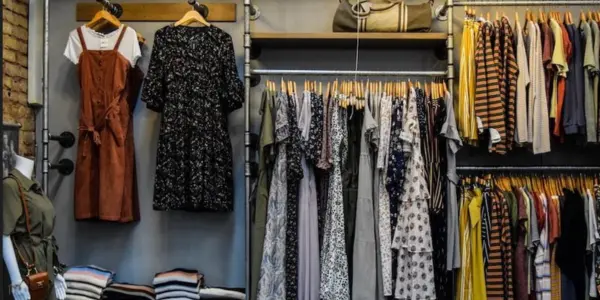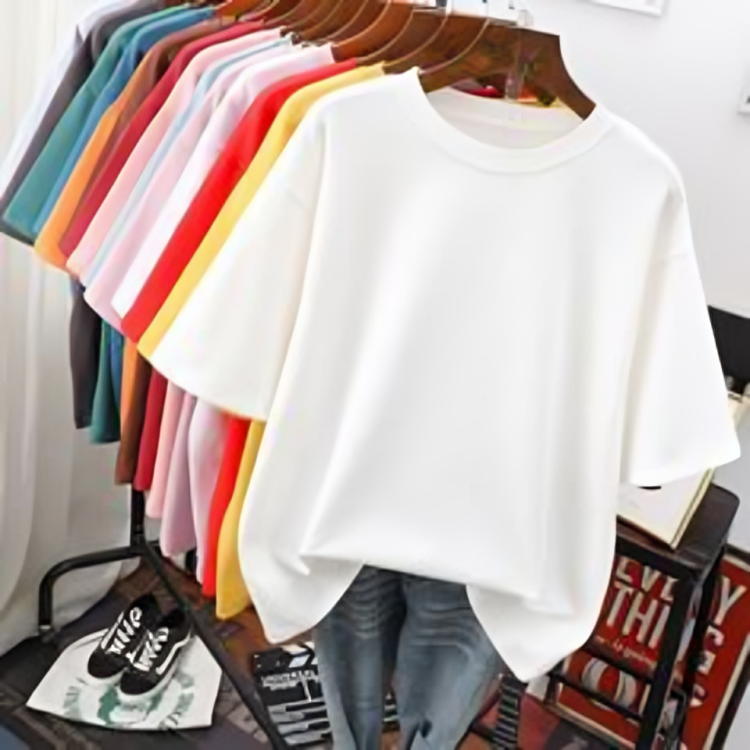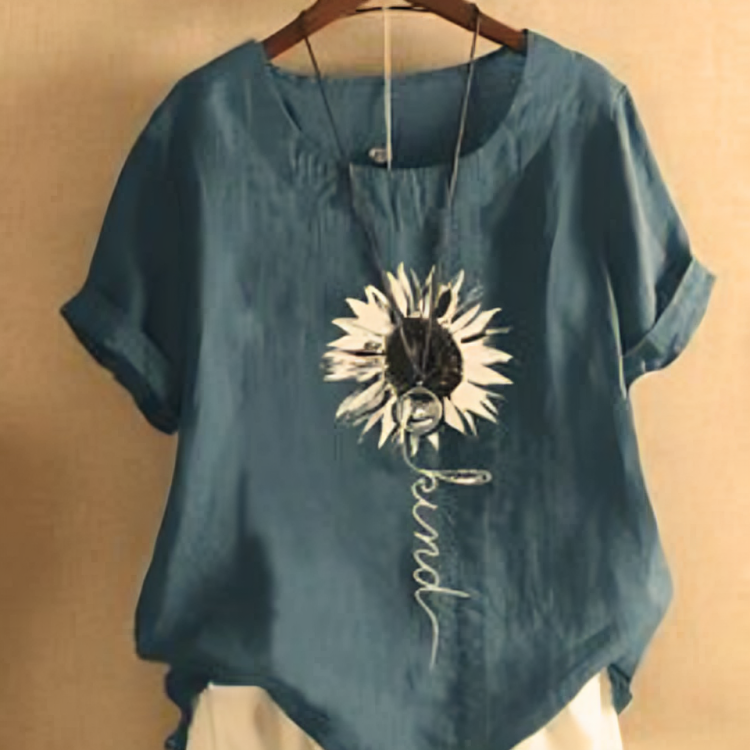Gain a competitive edge with our Garment Buying House Industry Insights – trends, analysis, and best practices for your sourcing strategies.

The garment buying house industry serves as an indispensable link in the global textile and apparel supply chain. This sector acts as an intermediary between clothing brands or retailers and garment manufacturers, ensuring the seamless flow of products from production to retail.
Buying houses facilitate the complex processes of sourcing, production management, quality control, and logistics. As the apparel market evolves, so too does the role of buying houses, adapting to new trends, technologies, and market demands.
Understanding the Role of Garment Buying Houses : Garment Buying House Industry Insights
Garment buying houses perform several critical functions:

- Sourcing and Supplier Selection: Buying houses have extensive networks of manufacturers and suppliers. They identify and select the most suitable manufacturers based on various criteria such as price, quality, capacity, and lead time. This ensures that brands and retailers get the best possible products within their budget and timeframe.
- Order Management: Once a supplier is chosen, the buying house manages the order process. This includes negotiating prices, setting timelines, and ensuring that production schedules align with the delivery deadlines of the retailers.
- Quality Assurance: Quality control is a major function of buying houses. They ensure that the products meet the required standards through rigorous inspection processes. This includes monitoring production processes and conducting final inspections before shipment.
- Logistics Coordination: Buying houses coordinate the logistics involved in shipping products from manufacturers to retailers. They handle documentation, customs clearance, and ensure timely delivery.
- Market Intelligence: Buying houses keep abreast of market trends and provide valuable insights to their clients. They help brands stay competitive by offering information on new fabrics, emerging styles, and consumer preferences.
Key Trends Shaping the Garment Buying House Industry

- Sustainability and Ethical Sourcing: With increasing consumer awareness about sustainability, buying houses are prioritizing eco-friendly and ethically sourced products. They are working closely with manufacturers to ensure compliance with environmental standards and fair labor practices.
- Digital Transformation: Technology is revolutionizing the garment buying house industry. From digital platforms for sourcing to advanced analytics for demand forecasting, technology is enhancing efficiency and transparency. Virtual sampling, 3D modeling, and blockchain for supply chain traceability are some of the innovations gaining traction.
- Shift to Nearshoring: The pandemic highlighted the vulnerabilities of long supply chains. As a result, there is a growing trend towards nearshoring – sourcing from countries closer to the target market. This reduces lead times and mitigates risks associated with long-distance shipping.
- Customization and Fast Fashion: The demand for customized clothing and fast fashion is rising. Buying houses are adapting by working with manufacturers capable of producing small batches and responding quickly to market trends.
- Compliance and Transparency: Brands are increasingly demanding greater transparency and compliance with international standards. Buying houses are investing in systems to provide detailed reports on sourcing, production processes, and supply chain practices.
Challenges Facing the Garment Buying House Industry
- Supply Chain Disruptions: Political instability, natural disasters, and pandemics can disrupt supply chains. Buying houses need robust contingency plans to manage such disruptions and ensure continuity.
- Rising Costs: The costs of raw materials, labor, and transportation are increasing. Buying houses must negotiate effectively and find cost-efficient solutions without compromising on quality.
- Regulatory Compliance: Adhering to various international regulations related to labor rights, environmental standards, and trade tariffs can be complex. Buying houses need to stay updated and ensure compliance across different markets.
- Technological Adaptation: While technology offers many benefits, adapting to new systems can be challenging. Buying houses need to invest in training and infrastructure to leverage digital tools effectively.
- Quality Control: Ensuring consistent quality across different manufacturers and production runs is a persistent challenge. Buying houses must implement stringent quality control measures to meet client expectations.
Opportunities in the Garment Buying House Industry

- Sustainability Initiatives: There is a growing market for sustainable and ethically produced garments. Buying houses that can source and certify such products will have a competitive edge.
- Emerging Markets: Developing countries with growing middle classes present new opportunities for garment buying houses. As consumer spending increases in these regions, the demand for quality apparel will rise.
- Technological Innovation: Investing in new technologies can streamline operations and provide better service to clients. For instance, AI-driven demand forecasting can optimize inventory management and reduce waste.
- Value-added Services: Offering additional services such as design support, market analysis, and trend forecasting can differentiate a buying house from its competitors. Clients are increasingly looking for partners who can provide comprehensive solutions.
- Collaborative Partnerships: Forming strategic partnerships with suppliers, logistics providers, and technology firms can enhance a buying house’s capabilities and expand its service offerings.
Regional Insights: Major Hubs for Garment Buying Houses
- Asia: Asia remains the dominant hub for garment buying houses, with countries like China, Bangladesh, India, and Vietnam leading the way. These regions offer a combination of low-cost labor, skilled workforce, and well-established manufacturing infrastructure.
- Europe: Europe, particularly countries like Turkey and Portugal, is gaining prominence due to its proximity to major fashion markets and the ability to produce high-quality garments. Nearshoring trends are driving more business to these regions.
- Latin America: Countries like Mexico and Brazil are emerging as important players in the garment buying house industry. Their strategic location allows for shorter lead times to the U.S. market.
- Africa: With increasing investments in manufacturing infrastructure, Africa is positioning itself as a future hub for the garment industry. Countries like Ethiopia and Kenya are attracting attention due to their competitive labor costs and favorable trade agreements.
The Future of Garment Buying Houses
The future of the garment buying house industry will be shaped by several factors:
- Integration of Technology: The continued integration of digital technologies will enhance transparency, efficiency, and collaboration across the supply chain. Buying houses that leverage these technologies will be better positioned to meet the evolving needs of their clients.
- Focus on Sustainability: Sustainability will remain a key driver in the industry. Buying houses that can offer sustainable solutions and demonstrate a commitment to ethical practices will gain a competitive advantage.
- Agility and Flexibility: The ability to respond quickly to market changes and consumer demands will be crucial. Buying houses will need to build agile supply chains and work with manufacturers capable of fast turnaround times.
- Enhanced Collaboration: Building stronger partnerships with all stakeholders, including suppliers, brands, and technology providers, will be essential. Collaborative efforts will lead to more innovative and effective solutions.
- Consumer-Centric Approach: Understanding and anticipating consumer preferences will drive success. Buying houses that can provide insights and adapt to changing consumer trends will be valuable partners for retailers and brands.
Conclusion
The garment buying house industry plays a pivotal role in the global apparel supply chain. By acting as intermediaries, buying houses ensure that products move seamlessly from manufacturers to retailers, meeting quality and delivery expectations.
As the industry faces new challenges and opportunities, buying houses must adapt to remain competitive. Embracing sustainability, leveraging technology, and maintaining strong relationships with stakeholders will be key to future success. With the right strategies, garment buying houses can continue to thrive and drive growth in the dynamic and ever-evolving apparel market.


You must be logged in to post a comment.